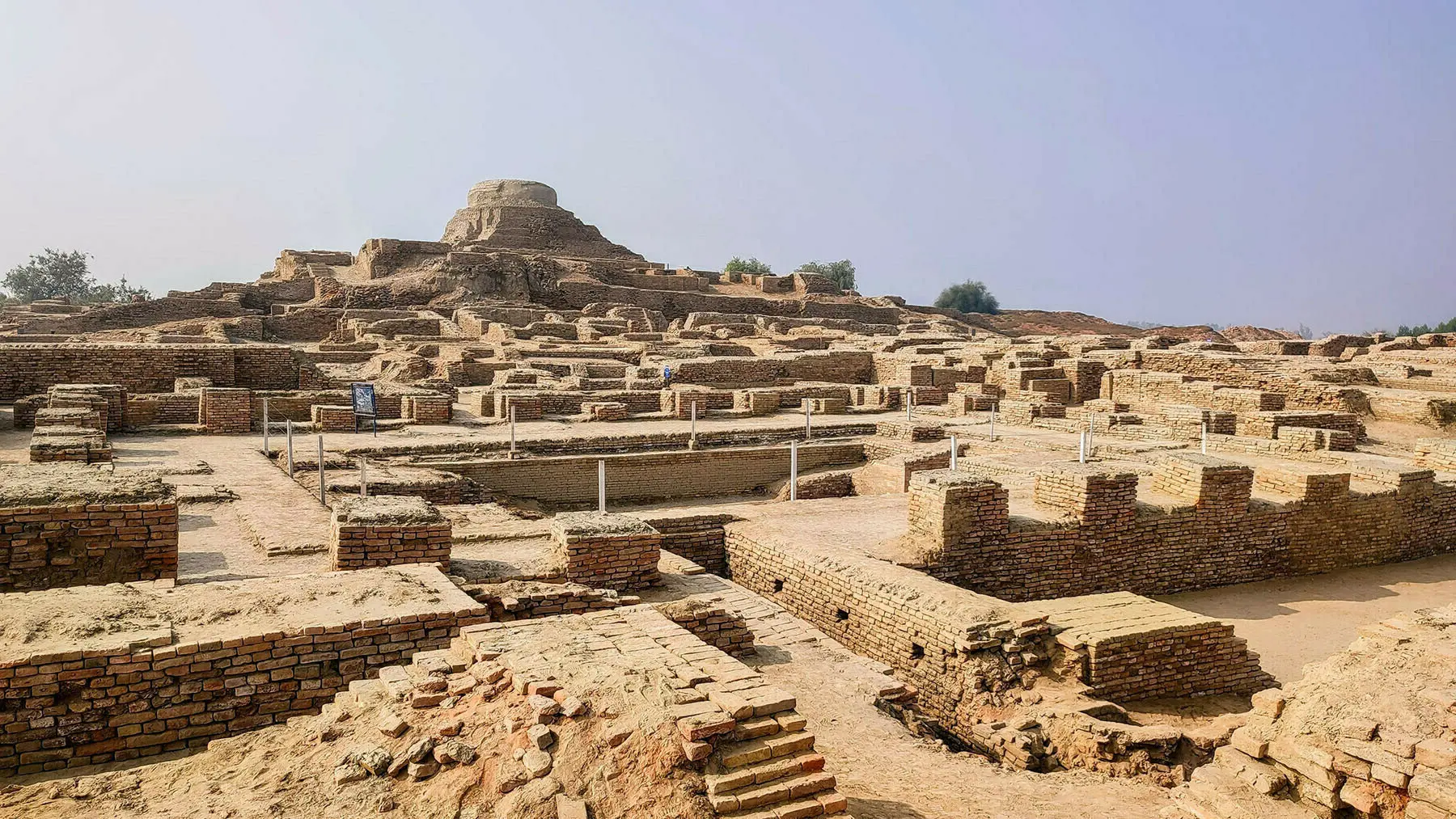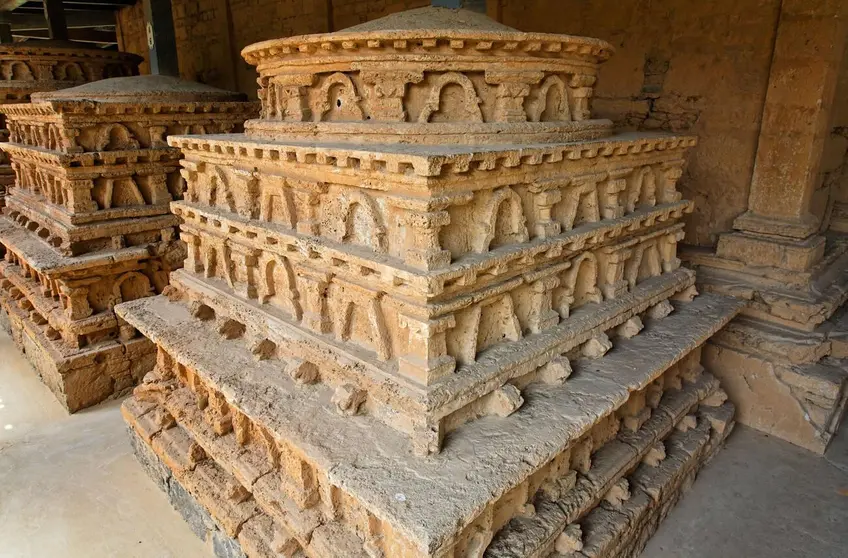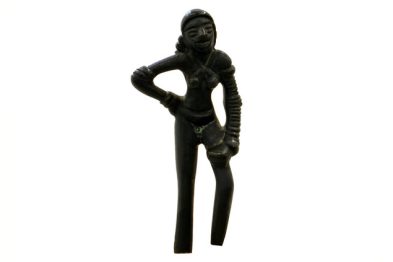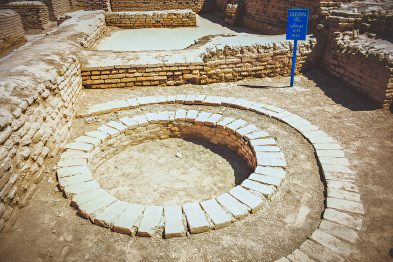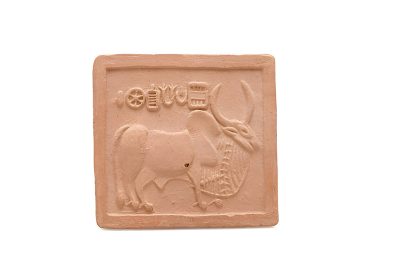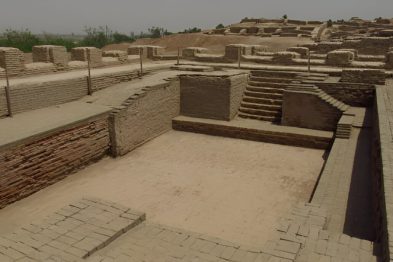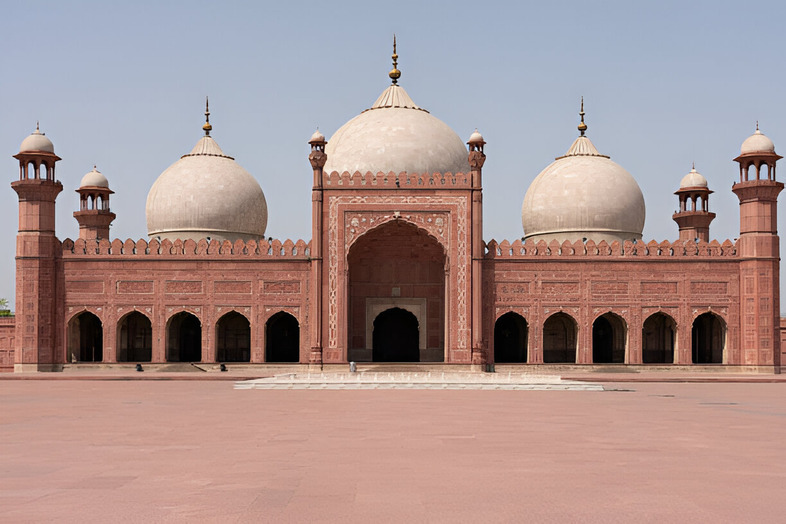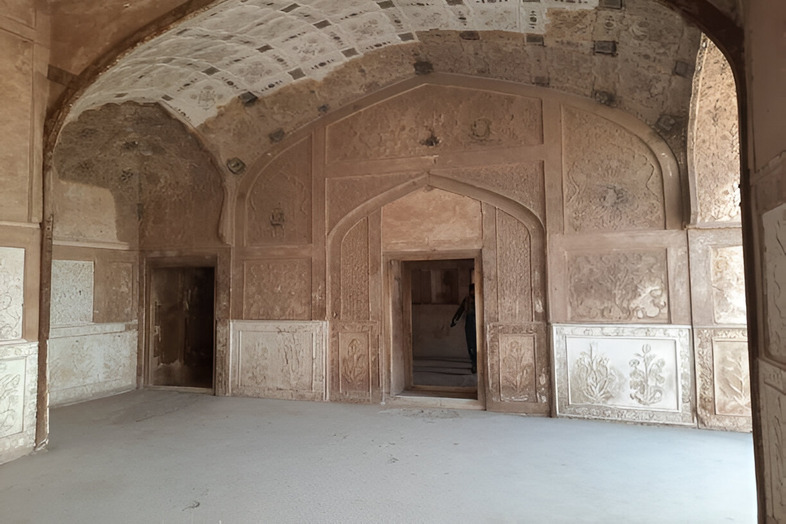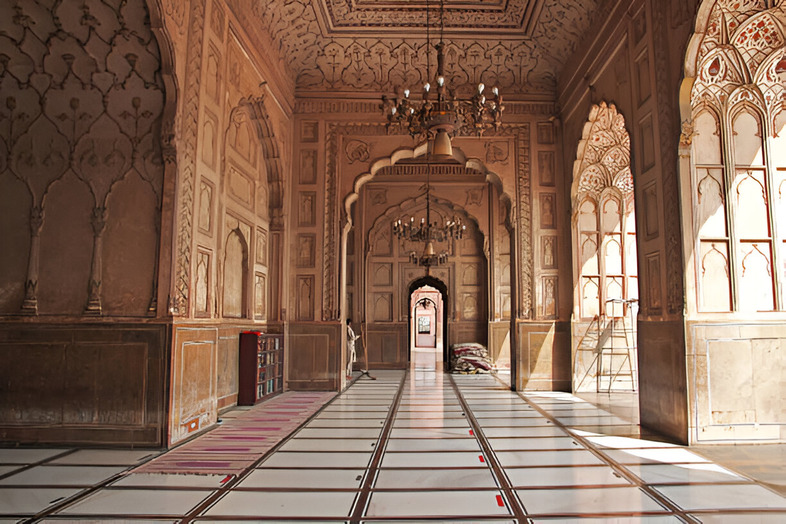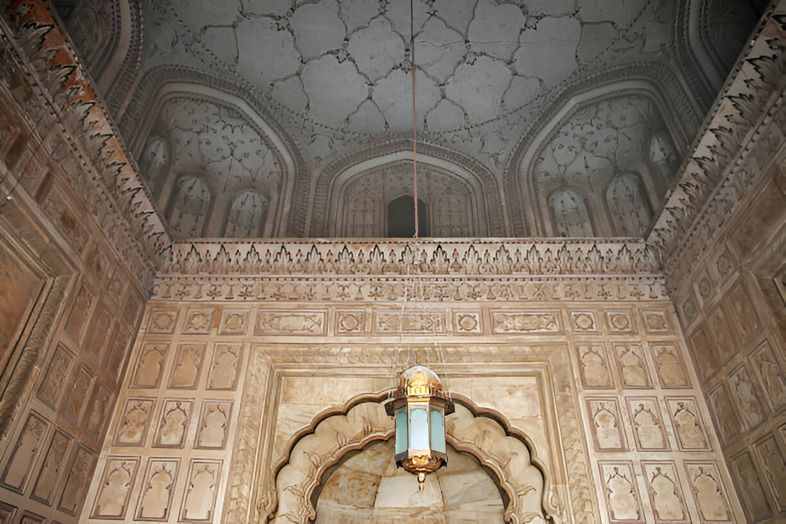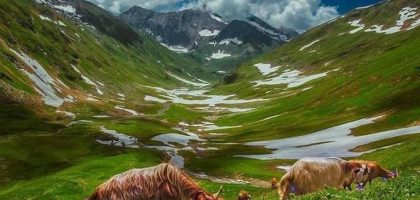History of Pakistan
From Ancient Civilizations to a Modern Nation
Explore the rich and layered history of Pakistan—from the marvels of the Indus Valley to the grandeur of the Mughals, and the resilience of the Independence Movement. Pakistan’s story spans millennia and empires, faiths and revolutions, all converging to form today’s diverse and dynamic nation.
Ancient Civilizations
The Indus Valley Civilization (2600–1900 BCE) thrived in modern-day Pakistan. Cities like Mohenjo-daro and Harappa featured urban planning, sanitation, and trade systems that set early benchmarks for civilization in South Asia.
Buddhist Influence and the Gandhara Period
During the Mauryan and Kushan periods, regions like Taxila and Swat became major Buddhist centers. The Gandhara civilization blended Greco-Buddhist art with monastic learning, producing relics, sculptures, and UNESCO sites.
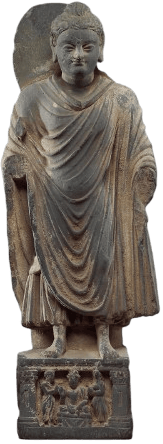
Islamic Conquests and Sultanates
Islam entered South Asia in the 8th century. The Delhi Sultanate and Mughal Empire brought new art forms, languages, architecture, and administrative structures—many of which shape Pakistani culture even today.
Muhammad bin Qasim
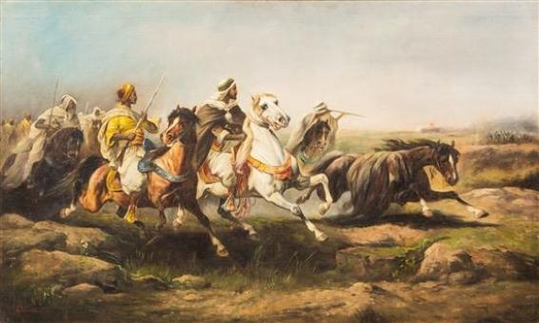
Muhammad bin Qasim’s arrival in Sindh marked the beginning of Islamic rule in the Indian subcontinent. His conquest introduced new administrative systems and laid the cultural and religious foundation for future Muslim empires in the region.
Delhi Sultanate
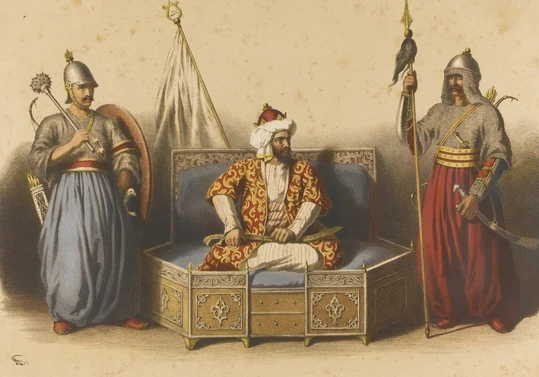
The Delhi Sultanate united large parts of South Asia under Muslim rule. It introduced Persian art, architecture, and language while establishing early Indo-Islamic cultural and political systems that influenced the region for centuries.
Mughal Empire
and Governance
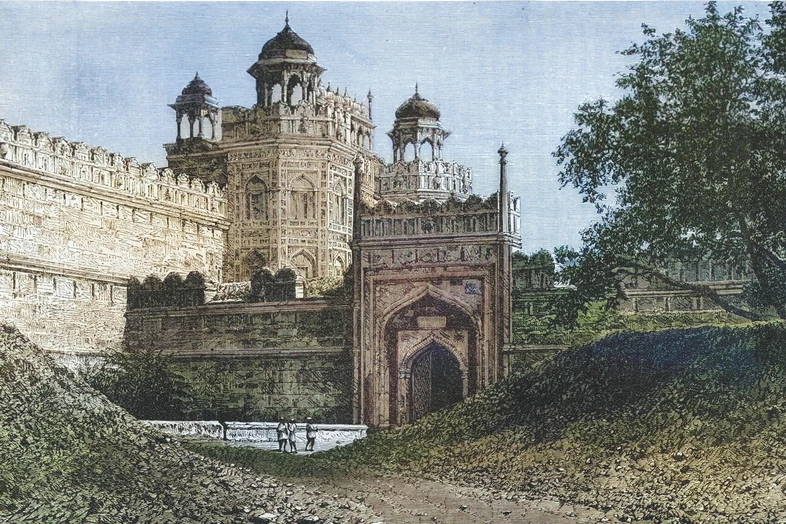
Founded by Babur, the Mughal Empire ushered in a golden age of architecture, literature, and governance. Cities like Lahore and Delhi flourished under emperors like Akbar, Jahangir, and Shah Jahan, leaving behind majestic forts, mosques, and gardens.
The Mughal Golden Age in Punjab and Sindh
Cities like Lahore and Multan flourished under Mughal rulers. Architecture from this era includes the iconic Badshahi Mosque, Wazir Khan Mosque, and beautifully laid gardens that still adorn the region.
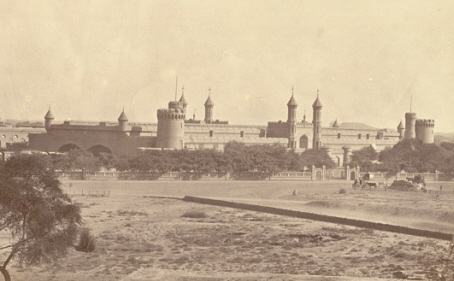
Colonial Rule and Resistance
British influence began with the annexation of Punjab in 1849. Infrastructure such as railways and English institutions were introduced, but colonial rule also brought economic exploitation. Uprisings like the War of 1857 and movements for self-rule gained strength through the 20th century.
Independence Movement and the Birth of Pakistan
Figures like Allama Iqbal and Muhammad Ali Jinnah led efforts for a separate homeland for Muslims. With the partition of British India, Pakistan emerged as an independent nation on August 14, 1947, marked by sacrifice and mass migration.
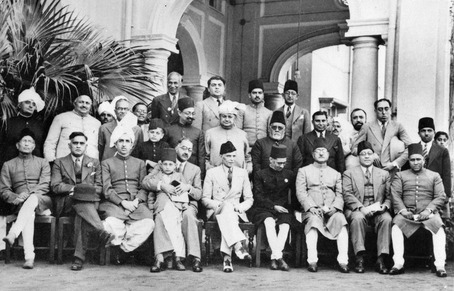
Historical Sites to Explore Today
27 Days 26 Nights
Starting From $6500
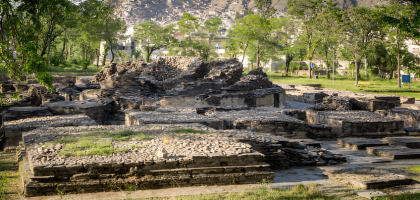

Frequently Asked Questions
What is the oldest known civilization in Pakistan?
When was Pakistan founded?
What role did Lahore play in Mughal history?
Ready to Walk Through History?
From the mysteries of Mohenjo-daro to the spiritual echoes of Sufi shrines, discover Pakistan’s rich heritage with our expert-guided cultural tours.


